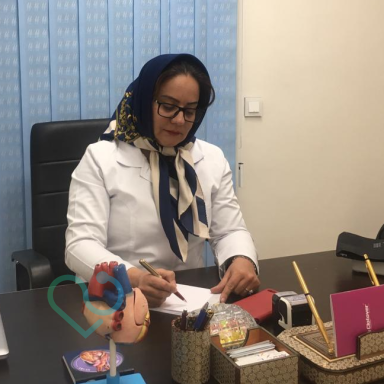Omicron is a new variant of the coronavirus, first identified in South Africa, that quickly spread across the globe. The main symptoms of Omicron include body aches, headaches, sneezing, runny nose, sore throat, and fatigue. The duration of illness caused by this variant depends on the patient's immune system. For some individuals, Omicron may not cause any symptoms at all. It is recommended to stay at home and use COVID-19 home testing if you suspect exposure or frequent high-risk areas.
New Omicron Subvariants BQ1 and XBB
XBB is a combination of BA.2.10.1 and BA.2.75 sublineages, containing elements from two different viruses. Studies show XBB is an advanced Omicron subvariant. While the risk of hospitalization is lower compared to the Delta variant, fatalities associated with these new subvariants have been reported in many countries. Home COVID-19 testing can confirm infection with new Omicron subvariants.
Common symptoms of XBB and BQ.1 subvariants:
- Runny nose
- Headache
- Moderate to severe fatigue
- Nausea and vomiting
- Stomach pain
- Sneezing
- Severe sore throat
How Long Does Omicron Stay in the Body?
The primary symptoms of Omicron typically last 3 to 5 days but may extend up to 10 days, depending on the immune system's strength. Omicron's mutations alter its surface molecules, making it harder for the immune system to recognize and combat the virus. As a result, the virus can easily infect the body.
Read more: Influenza vs. Coronavirus
Omicron-Related Variants BA.2, BA.4, and BA.5
Coronavirus variants like Alpha and Delta triggered significant waves of infection worldwide. New variants, such as BA.2, BA.4, and BA.5, share close similarities with Omicron but are more severe. Symptoms for these variants include higher fever, intense sore throat, and loss of taste and smell, with more aggressive transmission rates.
Symptoms of Coronavirus vs. Omicron
Fatigue, body aches, headaches, sore throat, runny nose, and sneezing are commonly reported symptoms of Omicron. Early testing and treatment are recommended to prevent complications. Below are key symptoms of Omicron:
- Fatigue: This symptom can last five to eight days, extending for weeks in some cases.
- Body aches: Commonly reported, body aches last for several days alongside other symptoms.
- Headaches: Moderate to severe headaches with throbbing or pounding pain are reported.
- Sore throat: Often without accompanying cough, staying hydrated is recommended for relief.
- Runny nose: Increased mucus production to trap and neutralize viral particles.
- Sneezing: Similar to cold or flu symptoms, frequent sneezing could indicate Omicron infection.
COVID-19 Rapid Home Testing in Under 12 Hours
COVID-19 PCR testing is highly accurate for diagnosing the virus. While standard results take 24 hours, expedited testing can provide results in a few hours for urgent travel or medical needs. Testing involves collecting samples from the throat and nasal passages using a swab. Results vary depending on lab capabilities, ranging from a few hours to several days.
Can COVID-19 Testing Be Done at Home?
Yes, home testing is available for quick and convenient diagnosis. It is especially useful for individuals unable to visit testing centers due to severe symptoms. Early detection via home testing helps reduce the risk of spreading the virus to others. Online consultation services are also available for additional support.
FAQs
How many subvariants does Omicron have?
Omicron includes several subvariants, such as BA.1, BA.2, BA.3, BA.4, and BA.5. Newer subvariants like XBB and BQ1 have also emerged.
What are the symptoms of Omicron and its new subvariants?
Common symptoms include runny nose, headaches, fatigue, nausea, vomiting, stomach pain, sneezing, and severe sore throat.
Is home COVID-19 testing possible?
Yes, home testing services provide a fast and convenient way to diagnose COVID-19. Services like online consultations are also available through platforms like PezeshkBook.
References: mdanderson.org, cdc.gov, nbcnews.com












Our Customers' Comments
No comments registered